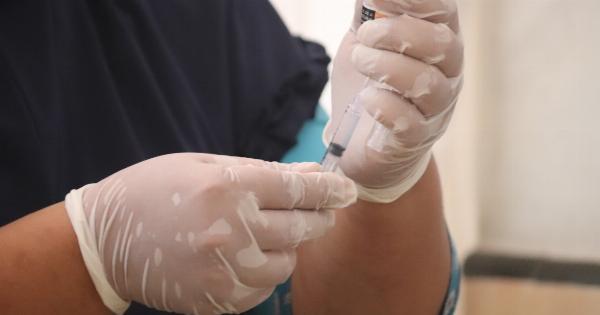Meniscus injuries are common knee injuries that can occur during sports or other physical activities.
The meniscus is a piece of cartilage that sits between the thigh bone and shin bone in your knee, acting as a shock absorber and helping to distribute weight evenly across the joint. When the meniscus is torn or injured, it can cause pain, swelling, and restricted movement in the knee.
Causes of Meniscus Injuries
Meniscus injuries can be caused by a sudden twisting or turning of the knee, as is common in sports like football or basketball. They can also occur gradually over time as a result of wear and tear on the knee joint.
Individuals with weak or imbalanced leg muscles, prior knee injuries, and those who are overweight are at a higher risk of experiencing a meniscus injury.
Symptoms of Meniscus Injuries
The symptoms of a meniscus injury can vary depending on the severity of the injury, but can include:.
- Pain at the site of the injury
- Swelling and tenderness around the knee joint
- Stiffness and limited range of motion in the knee
- A popping or clicking sound when moving the knee
- A feeling of instability in the knee joint
Diagnosis
If you suspect you have a meniscus injury, it is important to see a doctor or orthopedic specialist for a proper diagnosis.
The doctor will often perform a physical examination of the knee, looking for signs of swelling, tenderness, and restricted range of motion. Imaging tests like an X-ray or MRI may also be used to help confirm the diagnosis.
Treatment for Meniscus Injuries
The treatment for a meniscus injury will depend on the severity of the injury and the individual’s overall health. Some common treatments for meniscus injuries include:.
- Rest and avoidance of activities that may exacerbate the injury
- Ice and compression therapy to reduce swelling and pain
- Physical therapy exercises to strengthen the knee and improve range of motion
- Pain relief medication like Ibuprofen or Acetaminophen
- Corticosteroid injections into the knee joint
- If the injury is severe, surgery may be necessary to repair or remove the damaged section of the meniscus
Recovery Time for Meniscus Injuries
The recovery time for a meniscus injury will depend on the severity of the injury and the individual’s overall health.
In general, minor meniscus injuries can heal within a few weeks with rest and conservative treatments, while more severe injuries may take several months to heal completely. It is important to follow your doctor’s instructions for recovery and rehabilitation, as rushing back into activities too soon can lead to re-injury or further damage to the knee joint.
Prevention of Meniscus Injuries
While it is impossible to eliminate the risk of a meniscus injury completely, there are some steps you can take to reduce your risk. These include:.































